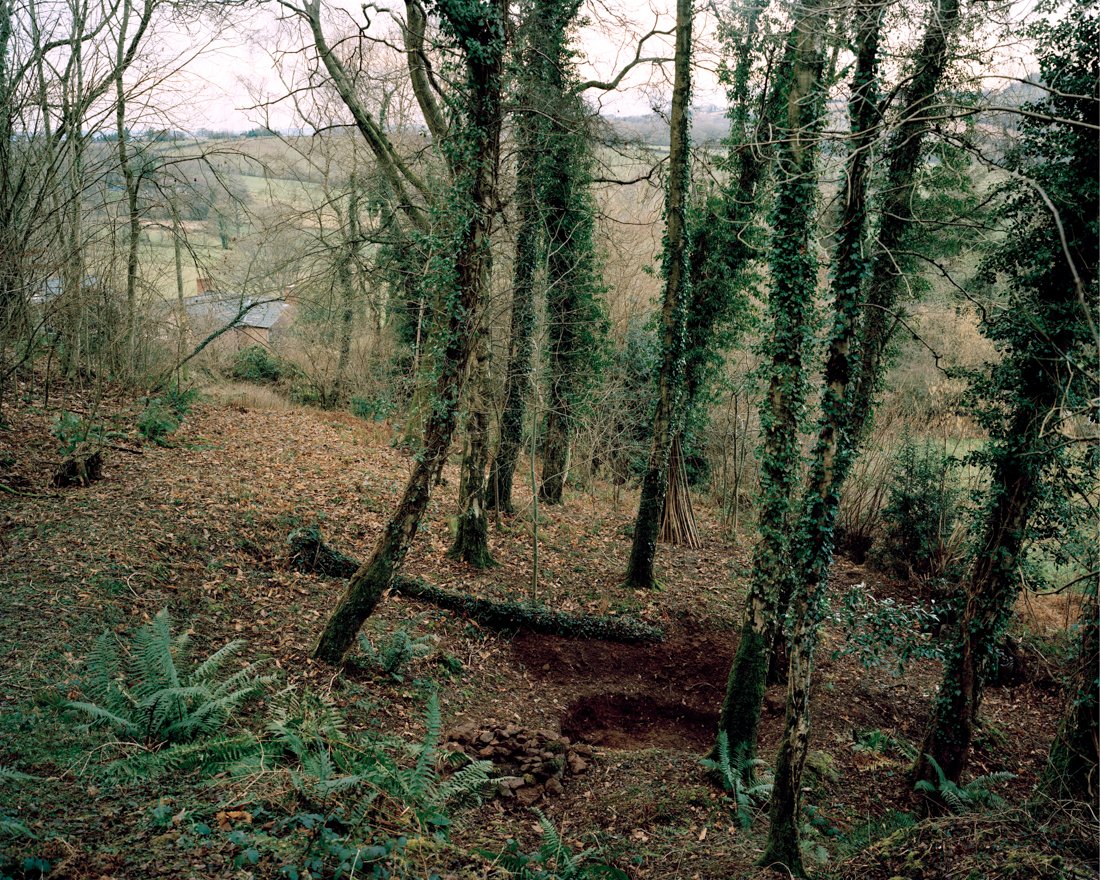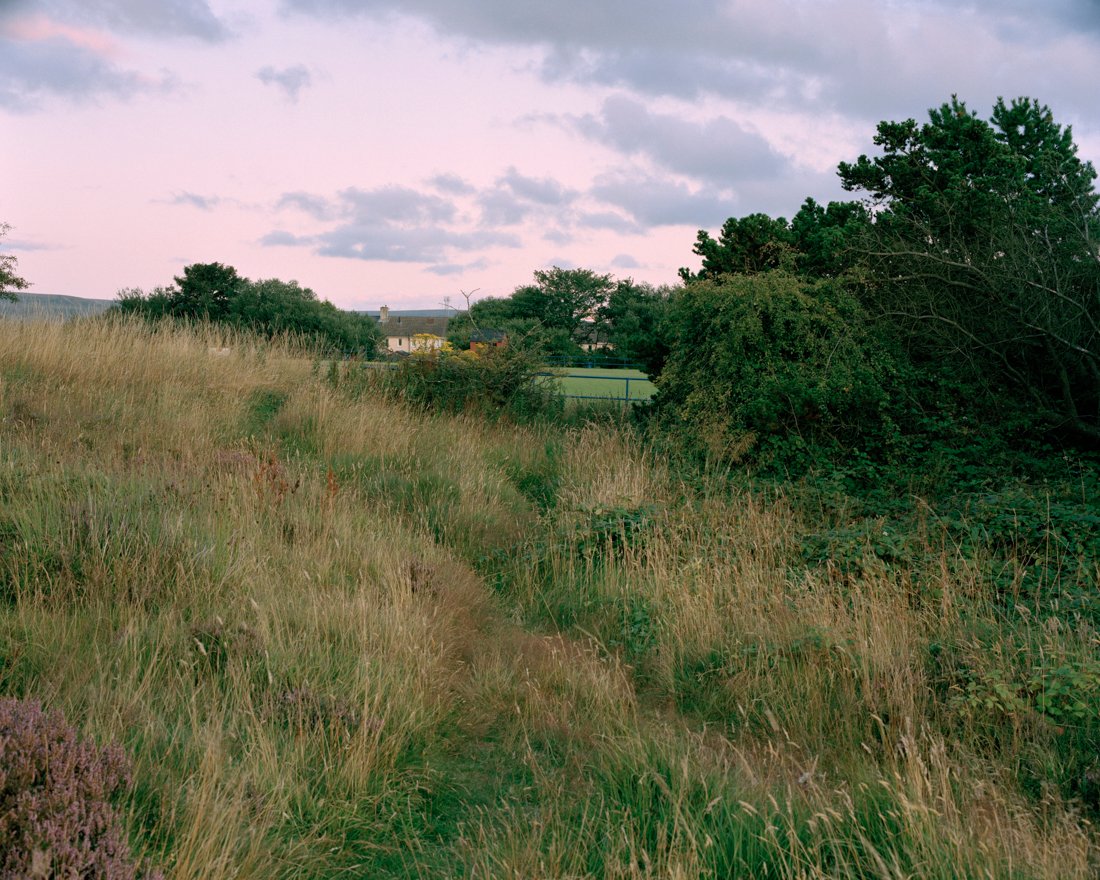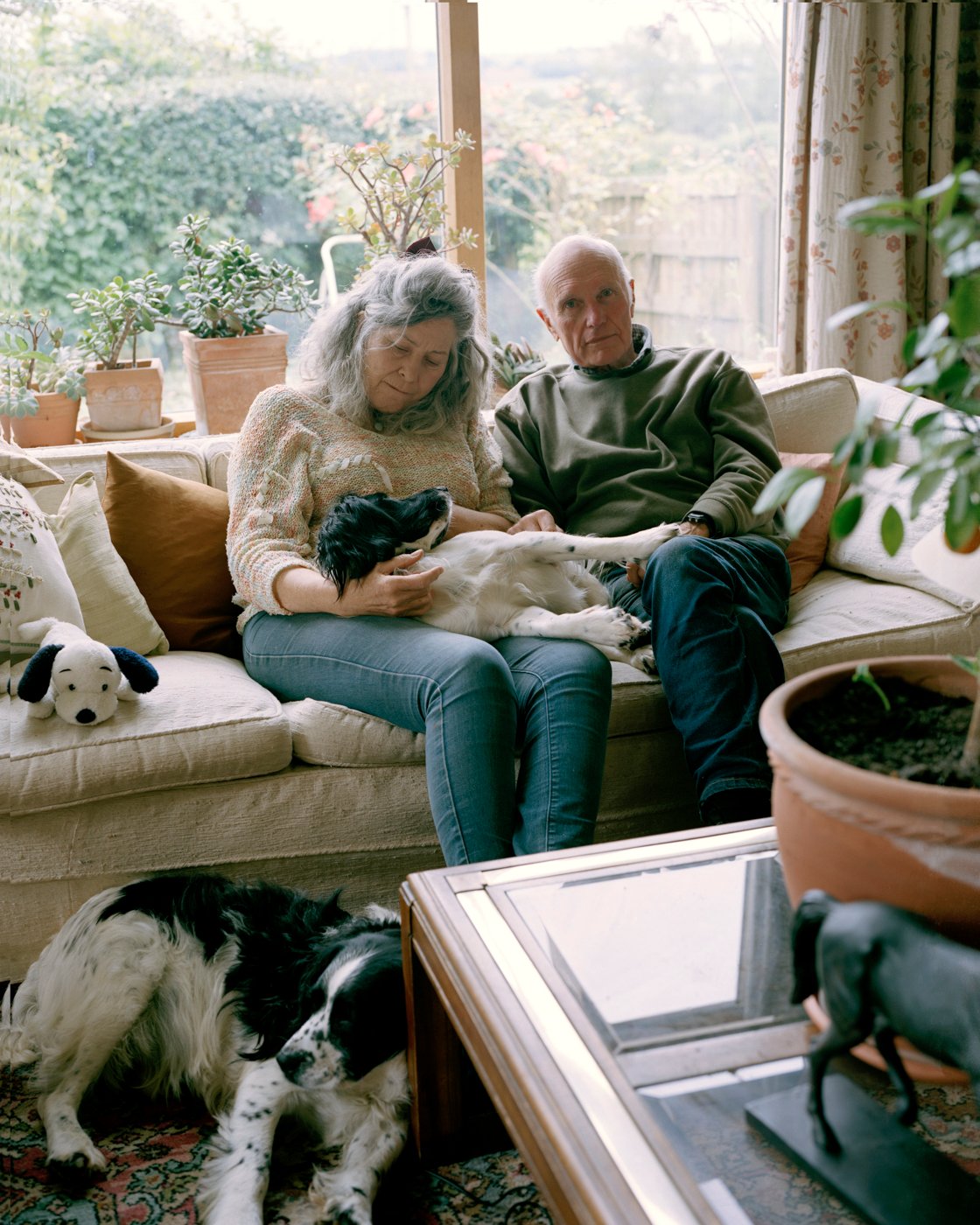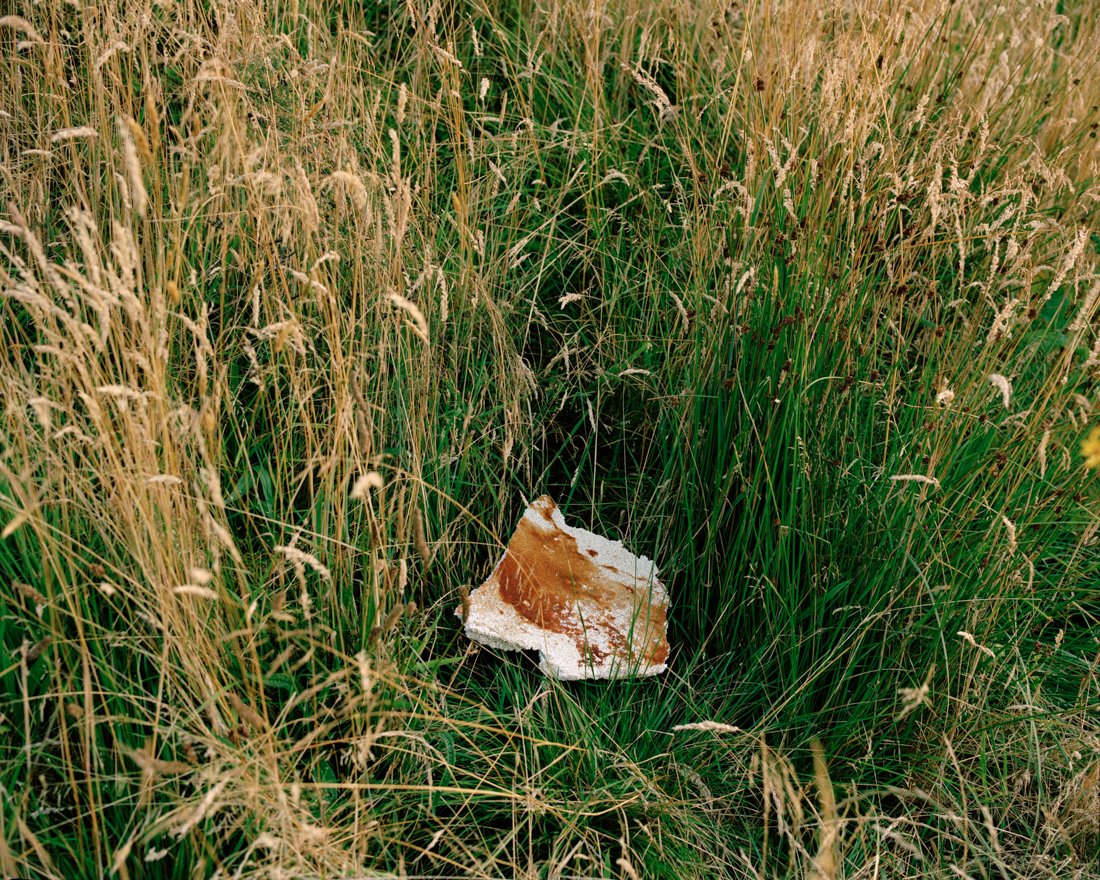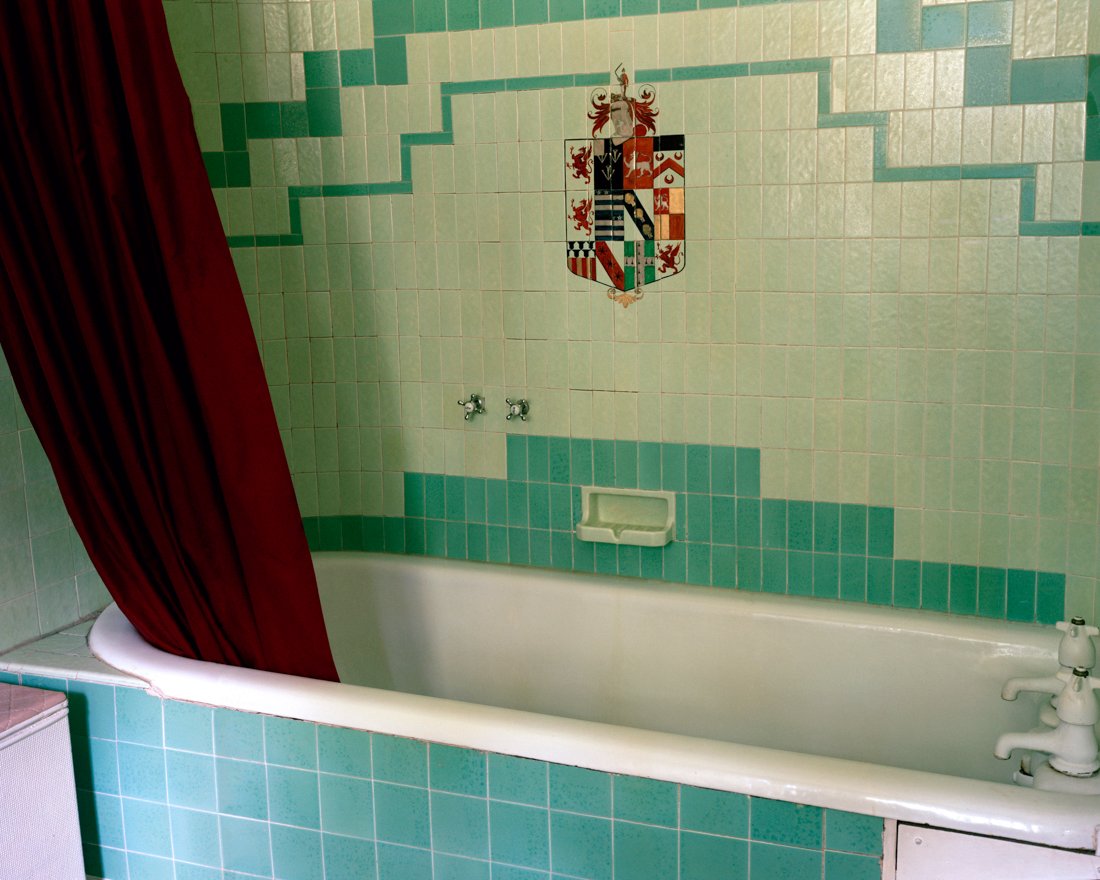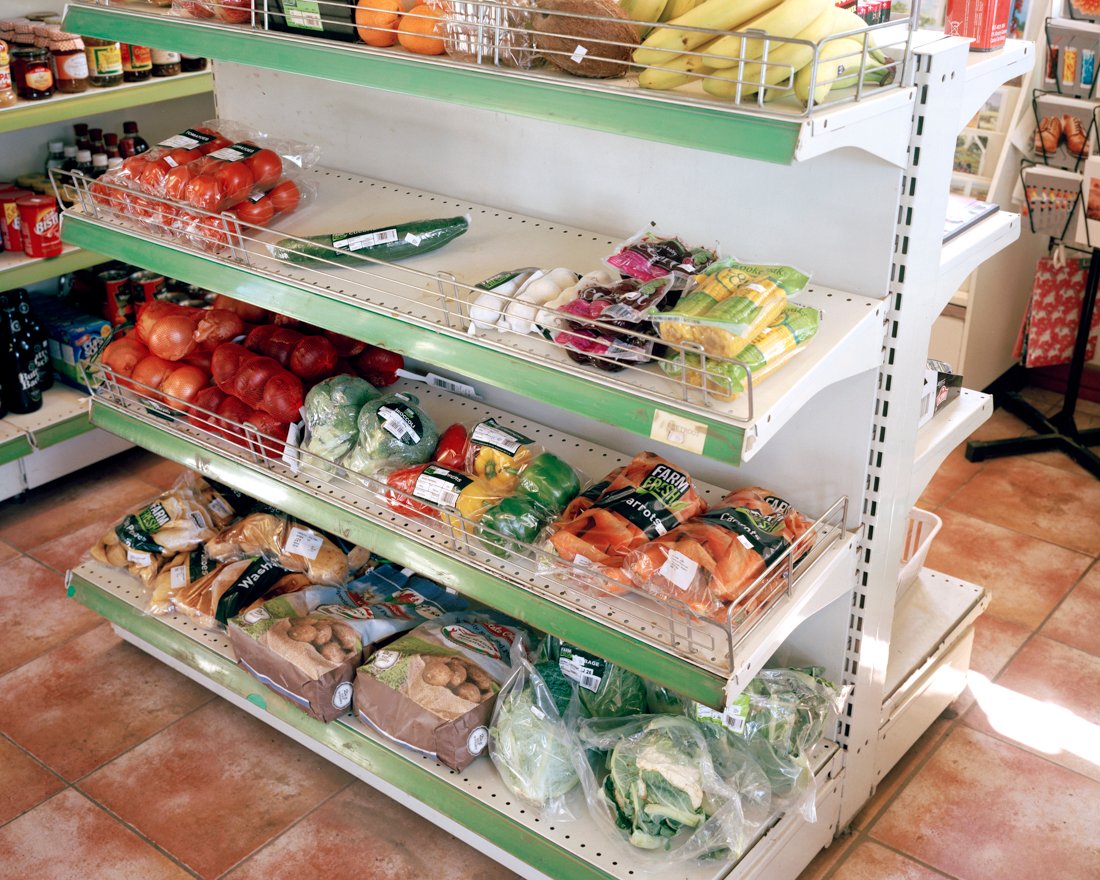The British countryside has been regarded as a retreat for many, seen as an escape from the constructed urban environment and a place of contemplation. However, this reflection is not wholly relatable as for its inhabitants these spaces present conflict between ideology and reality.
Along our border lands two coexisting identities can be found, creating a space which is not easily defined. Formerly attributed to the hardships of industrial closure the documented landscape sits alongside traditional pastoral visions associated with Britain. The divide is a ‘trunk’ road which joins England and Wales, whilst forming an unofficial border between rural and industrial South Wales. Its creation has been continually developed since the early 00’s and has seen further development with the help of European funding. Influenced by our own, national, photographic past I sought to inject a contemporary view of reflective and open imagery which, in my view, can be seen in documentary photography today; lyrical, ambiguous and ‘post-truth’.
Working within a political landscape, as photographers, the creation of work for the cause of political comment versus that which speaks within political climates is a hard discussion to disentangle. This, for me, is where photography allows us to begin to unravel the complexities of cultural and political identities. The project attaches an ambiguity toward its subjects, one that gives space to think. From it, we can find a balance between evidence and lyricism; it is in this dialogue that the work was made. At the start, my pool of interest was to develop on the interests I had in the elasticity of the word rural but now, having been out in the world, I cannot overlook the interlinking elements of how our countryside is formed. It is a web of rural, non-rural, urban, suburban sectors all of which have boundaries which blur into each other. Who we are and how we think these places look still remain and are easily found but if you look closer at their makeup and the surrounding spaces you get a sense of the messy truth which builds this picture. I realised I had no intention of documenting the transition from urban to rural, acting out its visual representation via its geographical construct, what I was interested in was looking at the social connection to the area. This was formed by my attraction to space and solitude, how I felt lost. So the work has become more of a reaction to that, seeking out scenes in the world which represent this feeling. It does not serve to create a completely factual depiction, but allows for ambiguity and layering to move away from a preconceived or pre-held narrative. As it is more interesting to me to make work at this time which does not serve photography’s traditional role of illustrator.
In broad terms, the project can be seen as an investigation into national/cultural identity and a quickly changing landscape but more deeply it is a reaction to ‘landscape’, and specifically how it has been historically represented. It is important that representation from across our country is understood with the depth and understanding that transcends pictures of fields. Those areas which carry the most weight are often the most overlooked, hidden in the everyday and familiar. Maybe it is out there in the foggy, green new world of the figurative ‘countryside’ that we can unpick centuries of historical tropes and begin to use them toward a modern understanding of a new rurality.



